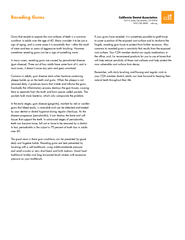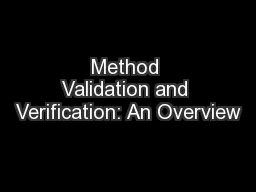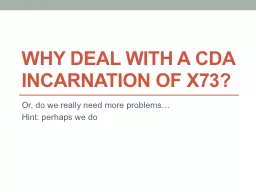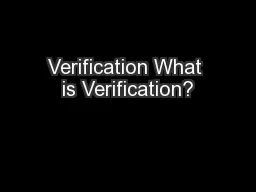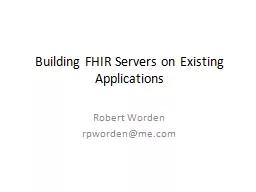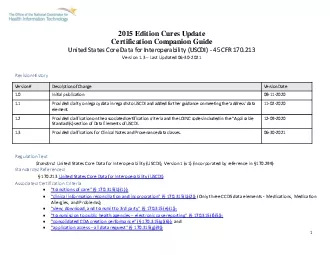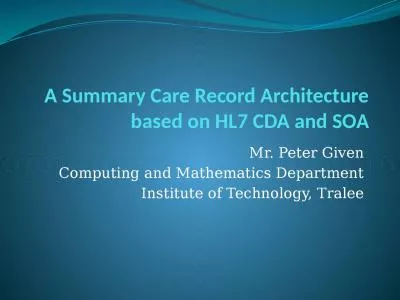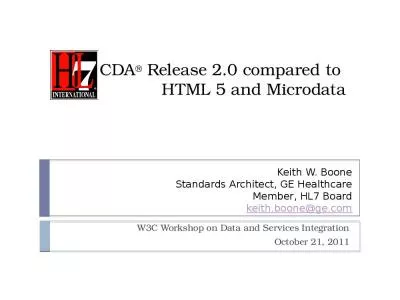PPT-CDA 5416 Computer System Verification
Author : tatyana-admore | Published Date : 2019-06-23
HW Review Computer Architecture A Quantitative Approach Fifth Edition Instructor Hao Zheng Department of Computer Science amp Engineering University of South Florida
Presentation Embed Code
Download Presentation
Download Presentation The PPT/PDF document "CDA 5416 Computer System Verification" is the property of its rightful owner. Permission is granted to download and print the materials on this website for personal, non-commercial use only, and to display it on your personal computer provided you do not modify the materials and that you retain all copyright notices contained in the materials. By downloading content from our website, you accept the terms of this agreement.
CDA 5416 Computer System Verification: Transcript
Download Rules Of Document
"CDA 5416 Computer System Verification"The content belongs to its owner. You may download and print it for personal use, without modification, and keep all copyright notices. By downloading, you agree to these terms.
Related Documents


